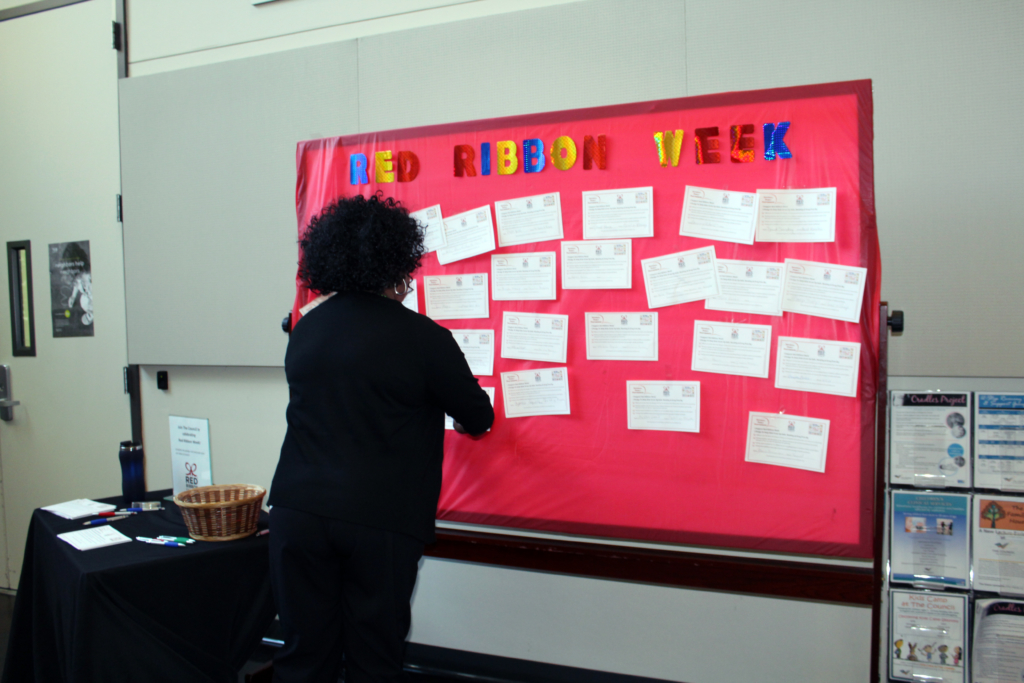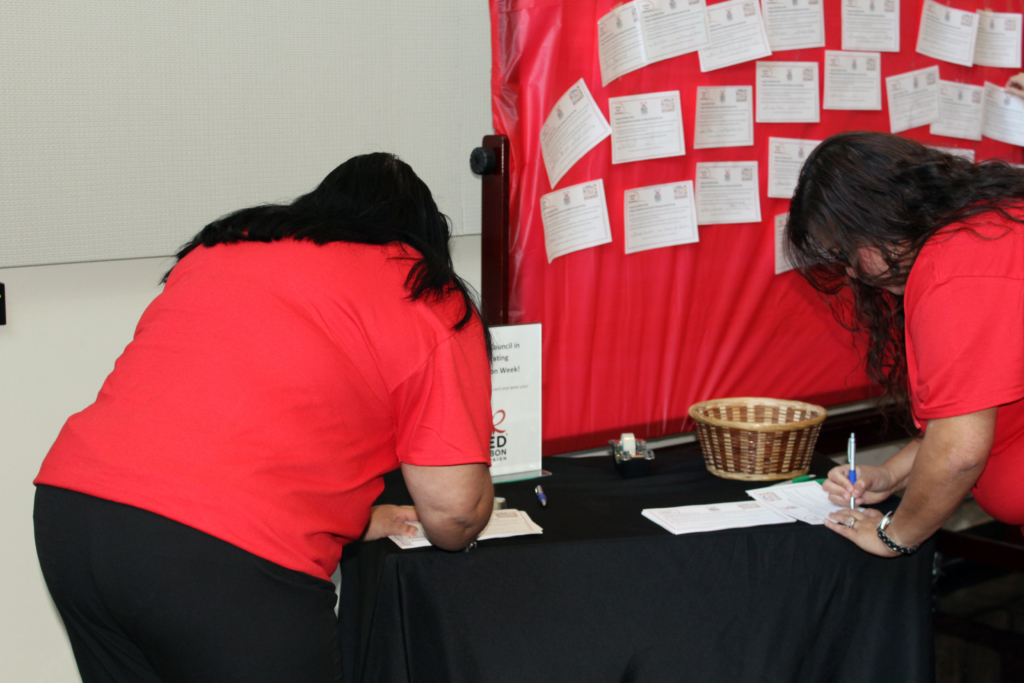HOUSTON, Texas (November 21, 2016) – The Council on Recovery hailed the release of U.S. Surgeon General Vivek Murthy’s report on drug and alcohol addiction as a critical turning point in one of Houston’s biggest health crises. The landmark report, “Facing Addiction,” is the Surgeon General’s nationwide call to action for an addiction epidemic that affect tens of thousands of Houstonians every year.
Mel Taylor, President & CEO of The Council on Recovery, welcomed the Surgeon General’s report. “Since the 1964 Surgeon General’s report on tobacco, these reports have had a major impact on public awareness and action,” Taylor said. “This is the first-ever such report on alcohol and drug abuse and it will help Houstonians finally grasp the devastating impact that addiction is having on our community. Addiction is a deadly and pervasive disease.”
According to Murthy’s report, substance-abuse disorders affected 20.8 million people in the U.S. in 2015 — as many as those with diabetes and 150 percent of the total with cancer. Yet, Murthy told USA Today, only one in 10 people receives treatment. “We never tolerate a situation where only one in 10 people with cancer or diabetes gets treatment, and yet we do that with substance use disorders,” he said.
Mel Taylor agrees. “Addiction help is available, yet too often we see people in severe crisis,” Taylor said. “We want families to reach out to us early when they see the need for treatment.”
A section of the report presents findings from neurobiology research of addiction, describing the pleasure and pain functions of parts of the brain that combine to make overcoming a drug habit so difficult.
The Council on Recovery has spearheaded similar local research on the effects of alcohol and drugs on the brain, especially in adolescents. That work informs much of The Council’s prevention and treatment work targeting adolescents and young adults. “We’ve done a significant study of our own on this, and concur with the Surgeon General,” Mel Taylor said, “especially his assertion that a person who begins drinking before the age of 15 is four times more likely to become addicted than someone who starts after 21.”
The Surgeon General’s report suggests that policy makers must put resources into prevention, treatment programs, and professional counseling. “I’ve just understood that addiction really touches everyone’s life,” Murthy said. “It’s a disease that doesn’t discriminate, and it’s one that’s taking an extraordinary toll on our communities across the country.”
The Council on Recovery applauds the understanding of addiction and empathy voiced by the nation’s top medical doctor. “Surgeon General Murthy’s seminal report will make a huge impact on public awareness of the problem and the availability of solutions right here in Houston,” Taylor said. “The Council on Recovery stands ready to assist the Surgeon General in the bold actions recommended in his report for prevention, education, treatment, and recovery.”
###
About The Council on Recovery: Founded in 1946, The Council on Recovery is Houston’s oldest and largest non-profit organization providing the full spectrum of prevention, education, intervention, treatment, and recovery services for individuals of all ages. The Council on Recovery is committed to helping Houston overcome the addiction epidemic through a focus on family healing and long-term support that is equally accessible to all in need. Directly touching over 50,000 lives each year through prevention programs for children and youth, in-school and clinical counseling for teens, outpatient substance abuse treatment for adults, and more, our mission is to provide the highest quality of care at affordable rates for individuals and their families. Affiliated with the United Way of Greater Houston, The Council receives funding from private contributions and grants, special events, and program fees. For more information, visit www.councilonrecovery.org.


